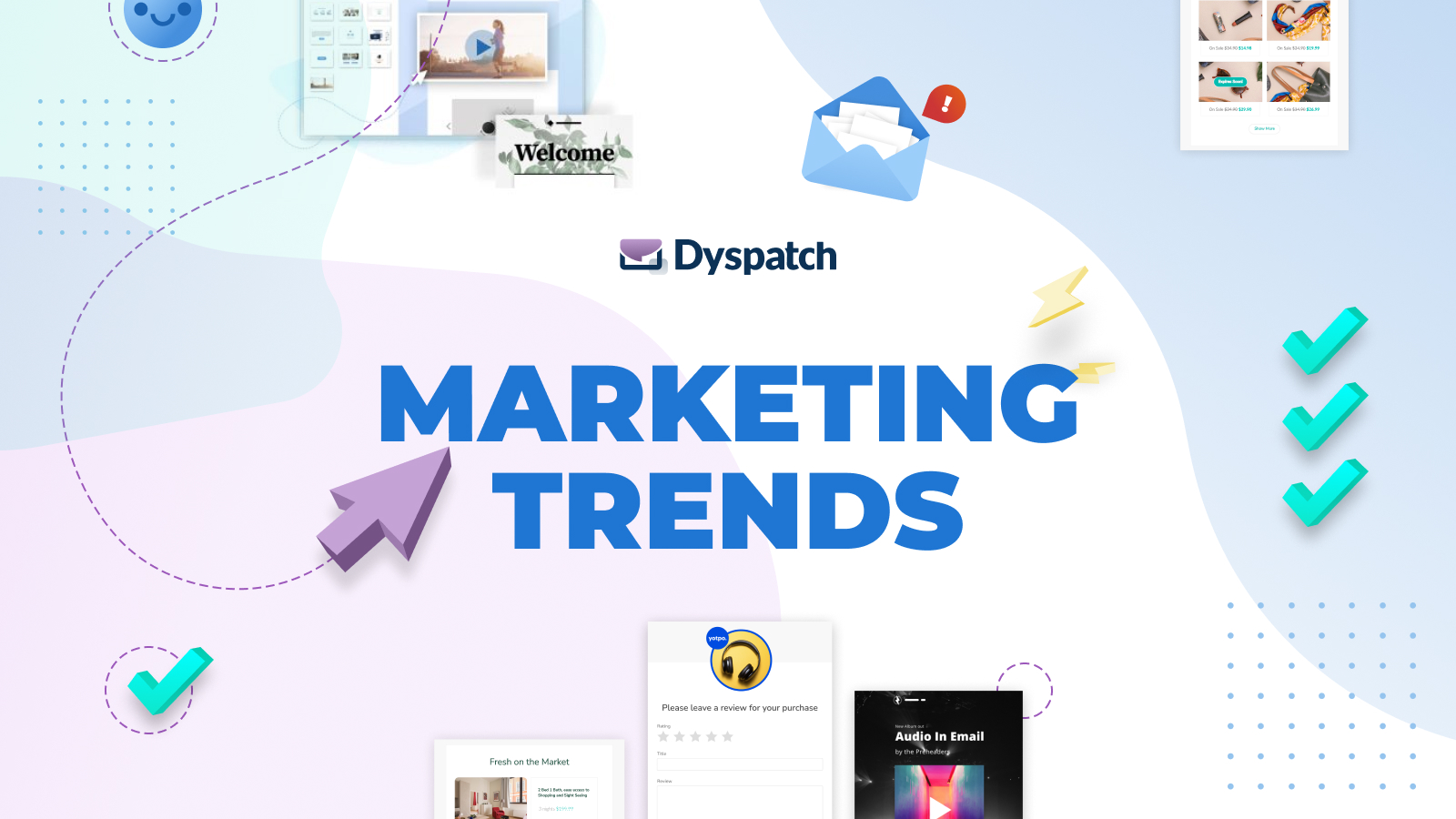The marketing world is an ever-evolving landscape, and we know that brands must evolve their marketing strategies to succeed.
2025 is set to be an increasingly exciting year within the marketing landscape based on consumer behavior and changing technology. Here are nine trends and marketing strategies that will give companies a competitive edge over their competitors.
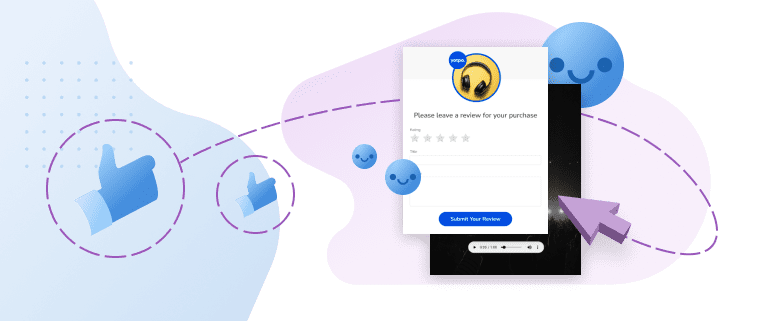
Influencer-brand relationships
Influencer-brand relationships are becoming a new standard marketing strategy in 2025, by facilitating word-of-mouth advertising. And not just for B2C brands but B2B brands as well!
People are more likely to use a product or service if someone they respect and trust recommends the product or service. Influencer marketing involves collaboration between a brand and a social media influencer within a specific social media niche. Influencers often have an impressive online following that can benefit your brand! It’s all about finding the influencer with the right audience.
This marketing strategy is so effective that 93% of marketing professionals use influencer marketing for the following reasons:
- Building brand trust and authority
- Generating new marketing leads
- Increasing brand awareness
- Brands can reach their target audience
- New trend creation
- Driving conversions
- Connecting to a broader target audience and market potential
- Social media marketing isn't new to 2025 however, brands are seizing the marketing opportunity to create authentic connections with their target audience by appointing long-term "brand ambassadors."
Influencer marketing can mutually benefit the influencer and the brand, as both parties can build and maintain a lasting relationship that retains the consumers' trust that the brand is being marketed. A good idea for brands to implement is to send influencers a brand package filled with custom decals, stickers, and magnets. Companies like StickerYou are perfect to use when looking at creating custom branding for your business.

User Generated Content
From #OOTD posts and TikTok trends, user-generated content is a reasonably new term within the marketing world. This content is unique, original, and at times brand-specific. Brand consumers create the content, and brands should take advantage of user-generated content.
Examples of user-generated content include:
- Unboxing Videos
- Makeup Reviews
- Photo tags
- Branded Hashtags
User-generated content can be used by any brand, and by adding this tactic to your brand's marketing strategy, you can increase your brand's awareness and authenticity. Research has shown that consumers are over two times more likely to trust user-generated and brand-generated content.
Creating campaigns to encourage user-generated content can also help you to reach a new audience without having to invest a lot of your marketing budget. Just think about how many Spotify Wrapped posts you’ve seen in the last month!
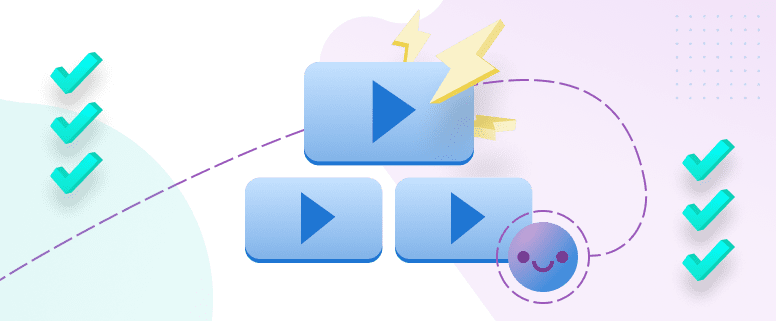
Live streaming and video-based content
Live streaming and video-based content are becoming more popular within the social media marketing space due to their ability to capture the viewer's attention for a longer time than static posts. Marketers can especially use short videos to drive engagement and increase brand awareness among younger audiences.
According to one report, live streaming is becoming an effective marketing tool, with consumers spending approximately 548 billion hours streamed via their mobile devices in 2021.
When live streaming and video-based content are combined with influencer marketing, potential consumers can engage with influencers and increase the product's engagement.

New targeting solutions
In 2022, Google started phasing out all third-party cookies. Google has stated that they are phasing out third-party cookies due to increased customer privacy concerns.
Cookies play a role in potential target marketing by tracking users' behavior across their browsers so marketers can deliver customized user experiences.
To remain relevant, brands will have to test alternative targeting solutions so that they can develop personalized content and ads.
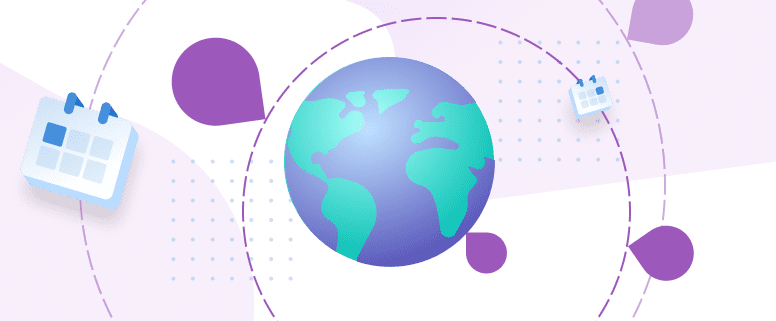
Emphasis on social responsibility and reputation
In today's world, customers trust bands that prioritize social responsibility by balancing their money-making initiatives with socially responsible practices.
One study mentioned that over half of the United States consumer base now factors company values into their purchase decisions and 66% of consumers are willing to pay additional money for goods and services that display their social values and commitments.
As a marketing professional, you should prioritize highlighting your brand's social responsibility efforts within your marketing campaigns to attract consumers who want to make a positive difference in their purchasing decisions.
Some examples include:
- Advocating for social justice
- Promoting recyclable packaging
- Promotions that spread awareness of societal issues
- Portions of sales that go towards charity
- Fairtrade promotions
- Running one-for-one campaigns that donate to those in need
- Brands that host company-sponsored community service events
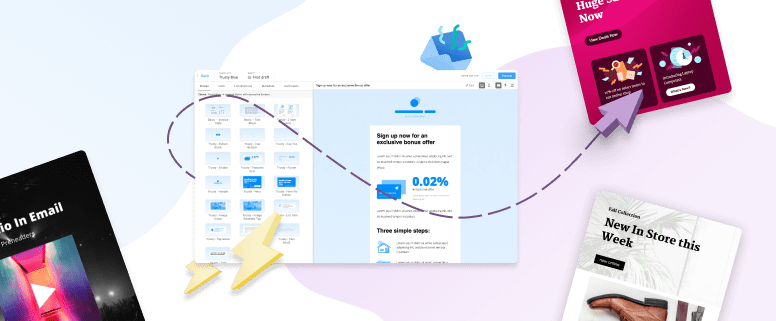
Agile marketing
Agile marketing is a marketing approach that is inspired by the Agile methodology, pioneered for use in software engineering. The method involves working on rapid iterations rather than one big project.
Agile marketing emphasizes real-time collaboration and is designed so marketing professionals can efficiently respond to change.
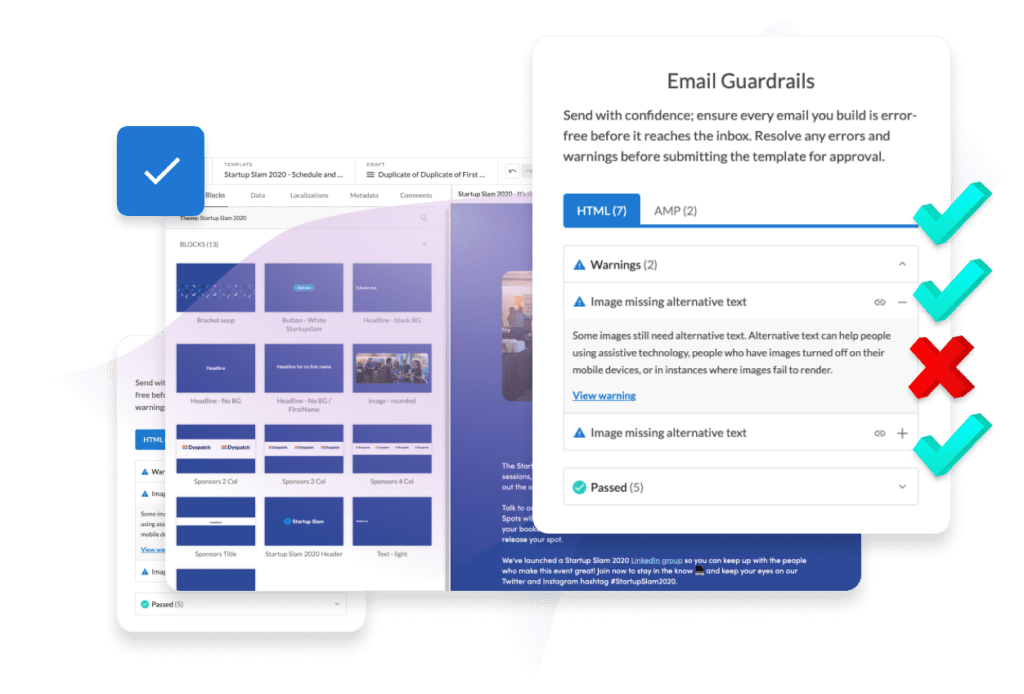
Never worry about Gmail clipping again!
Email Guardrails is an automated checklist that tests your email against best-practices for deliverability and accessibility, that runs behind the scenes for every email you create.
Get a demo
Agile marketing benefits include:
- Increased transparency and collaboration through visualized workflows and frequent touchpoints
- Flexibility to adapt to changes thanks to iterative planning
- Increased data-driven decisions due to an emphasis on experimentation
- Greater focus on consumer value and business outcomes compared to activity and output
- The ability to deliver marketing value early and often by grouping individual clients into small cross-functional teams that finish projects autonomously
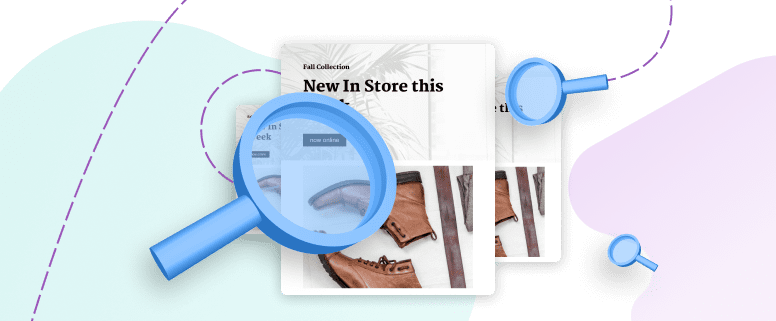
Brand awareness through captivating email campaigns
Email marketing is a crucial tool for businesses to retain customer retention. Everyone loves a good story, and marketers can use storytelling to assist small businesses in developing personal relationships with customers through email campaigns and newsletters.
Newsletters give customers the feeling that they are on a journey alongside the company. Casually sending newsletters lets consumers connect to your brand and business.
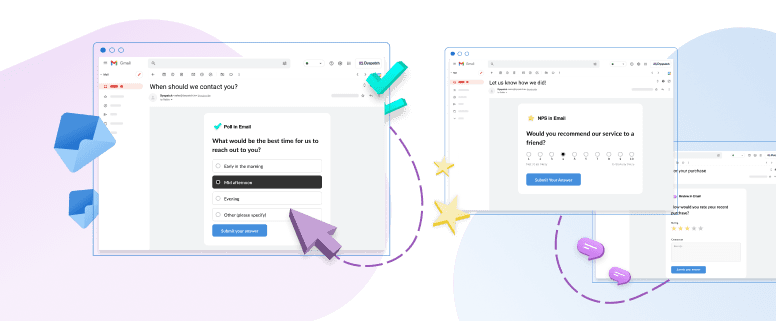
Interactive content
Gone are the days of passive consumption and static posts. Today's internet audience craves content that demands their attention. Marketing professionals are creating dynamic content that utilizes a two-way experience that encourages active engagement from the target audience.
81% of marketing professionals agree that low-cost/high-impact content is more effective at grabbing potential consumers' attention than static content. However, the benefits of interactive content aren't just specific to consumer attention. Interactive content is a great marketing tool to try if your marketing goals include:
- Enhanced audience engagement
- Streamlining customer experience
- Increased lead generation and conversion rates
- Greater customer learning
- Increased brand awareness and loyalty
- blog - ai for trends
- AI for trendspotting
- Razorfish recently reported that three-quarters of marketers do not use behavioral marketing data for ad targeting.

AI technology makes online marketing data accessible and affordable for small businesses.
Artificial intelligence (AI) is currently poised to significantly impact industries around the world over the next few years. Marketers have begun leveraging AI algorithms, data models, and machine learning to understand their brand's target audience better.
Data from AI algorithms can help marketing teams optimize their spending budget, customize their target content, and personalize their customer experience.
Benefits of AI technology include:
- Higher ROI through effective targeting
- Increased customer retention and loyalty
- More intelligent targeted advertising
- Accurate prediction analysis and trendspotting
- Improved understanding of buyer behavior
It’s nearly the end of 2024, and the marketing world has seen some exciting trends come and go. However, as we near the beginning of 2025, marketers can expect new marketing trends to shift towards accommodating new technologies and buyer behavior. These marketing trends will impact how you market your company and yourself in future years.
